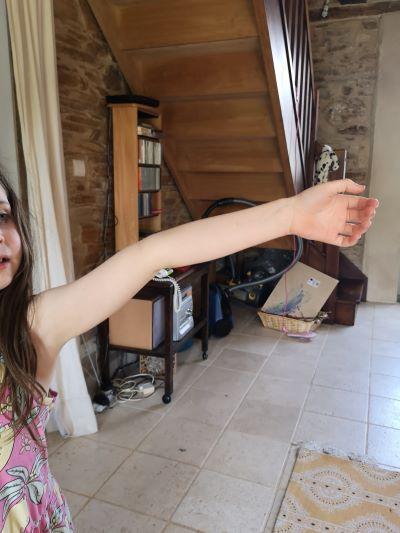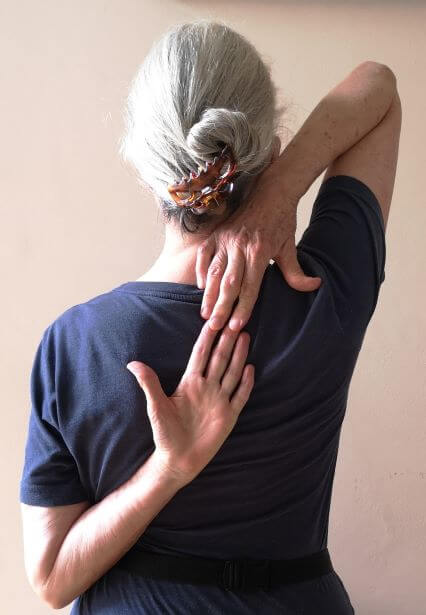Joint Hypermobility Syndromes
The term Joint Hypermobility Syndromes, JHS, refers to the condition where a person’s joints are unstable because their ligaments are weak and loose (‘hyperlaxity’) and they may have poor muscle tone. This means that joints tend to bend beyond the typical movement range. The Alexander Technique can help people with this and many of the other problems associated with joint hypermobility syndromes.
There are a number of diagnostic terms used to describe the various manifestations of the condition. For these terms and further information on joint hypermobility syndromes visit the Hypermobility Syndromes Association, HMSA
Joint hypermobility can be a heritable disorder. It can also develop through repetitive stretching as can be seen in dance, yoga and athletics training.
Asymptomatic Hypermobility
Roughly 1 in 10 people have some level of hypermobility but only some would call themselves ‘double-jointed’. Like many conditions, hypermobility syndromes come over a wide spectrum, from minimal to severe enough to be disabling. However, most people experience very few problems and they have ‘asymptomatic hypermobility’.

This child’s arm shows classic signs of hypermobility in her elbow joint
Several members of her family are also hypermobile.
Symptomatic Hypermobility
A smaller number of people have ‘symptomatic hypermobility’. Symptoms include:
- Joint instability and hyper extension. This can lead to subluxations and even dislocations
- Constant pain, with a tendency towards sprains and strains
- Poor proprioception, balance and coordination. People often have flat feet and feel rather clumsy
- Thin, stretchy skin that bruises easily and takes a while to heal
- Bowel and bladder problems
- Autonomic disfunction with dizziness and fainting, particularly when standing up quickly. (PoTS) . they may also have poor temperature regulation
- Chronic fatigue

Some Signs of Joint Hypermobility
This photo shows some mild joint hypermobility in the shoulders, elbows and thumbs
Hypermobility Syndromes and the Alexander Technique
Alexander lessons can help many people with hypermobility issues, particularly those to do with proprioception. Gaining more sense of where our body is in space can help improve our coordination, balance and confidence. Learning how to reduce tension can also reduce our pain and help improve energy levels.
I personally have taught many pupils with general hypermobility syndrome. One pupil could stand with his body facing me but have his toes pointing behind him! An interesting example of unstable joints and hyperlaxity. I have also taught clients with Ehlers Danlers Syndrome, EDS, and Marfan Syndrome, MFS, which are two of the more severe forms of JHS conditions.
The NHS Consultant Rheumatologist Dr Philip Bull FRCP, who is on the HMSA Medical Advisory Board, is a great advocate of using Alexander Technique lessons for hypermobility patients, often alongside Physiotherapy. He has seen how hypermobility syndrome patients are helped by learning the Alexander Technique and has written articles on the topic. Dr Bull states that ‘patients with hypermobility found it particularly helpful; some even life changing’ .